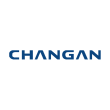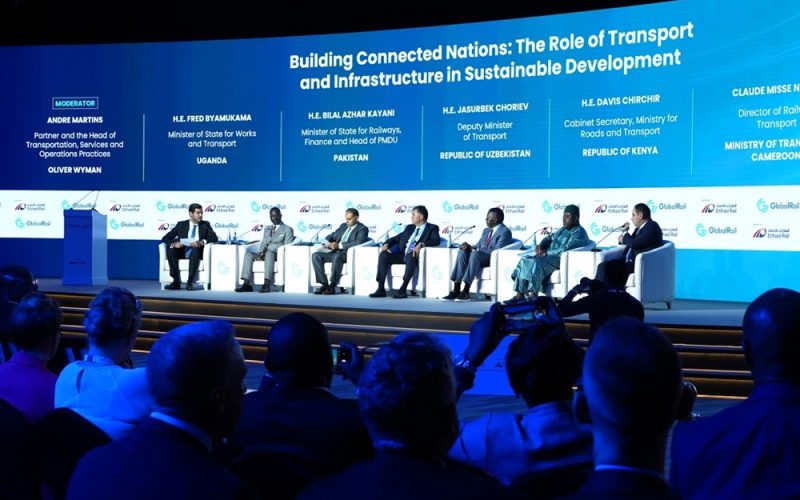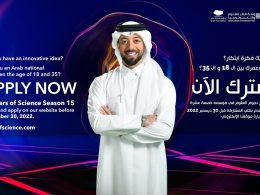Global Rail 2025 drew the world’s transport leaders back to Abu Dhabi today for a powerful second day of announcements, high-level panels, and breakthrough innovations shaping the future of global mobility. Under the patronage of H.H. Sheikh Mansour bin Zayed Al Nahyan, UAE Vice President, Deputy Prime Minister and Chairman of the Presidential Court, and with the support of H.H. Theyab bin Mohamed bin Zayed Al Nahyan, Chairman of Etihad Rail, the event is hosted by Etihad Rail and supported by the UAE Ministry of Energy and Infrastructure (MoEI), ADNEC Group, and dmg events.
“Global Rail 2025 is where vision turns into action,” said Salman Abou Hamzeh, Senior Vice President, dmg events. “Building on the momentum of Day One, today global leaders are turning dialogue into delivery and showcasing the innovations transforming transport worldwide.”
The Strategic Conference placed the spotlight on automated mobility, funding mechanisms for large-scale infrastructure, and the role of smart cities in driving sustainable growth. In a panel on future urban mobility, Sebastien Mangeant, Chief Operating Officer of Abu Dhabi Transport Company (ADT), underlined the importance of integrated planning: “Global Rail is a catalyst for shaping the cities of tomorrow. By integrating advanced transport systems with urban planning, we can create connected, resilient, and sustainable communities that drive economic growth and improve quality of life.”
Further perspectives came from engineering and consultancy leaders, including Khatib & Alami, who emphasised the role of innovation in delivering future-ready infrastructure. “The future of mobility depends on bold design and smart engineering,” said Bashar Ayyash, Senior Vice President at Khatib & Alami. “Global Rail provides the ideal platform to showcase how digital twins and sustainable design principles can transform transport networks and urban environments.”
The Conference also featured the session “High-speed rail horizons: scaling networks, advancing technology, and connecting regions,” where senior executives debated how investment in high-speed rail can reshape connectivity across borders. Speaking at the outset of the session, Leon Soulier, CEO of Siemens Mobility Middle East, noted: “The high-speed rail business is inherently a very high-tech field. Driving passengers comfortably at over 300 kilometers per hour requires significant investment in technology and safety, and that investment is what makes rail one of the most advanced and sustainable modes of transport in the world.”
On the exhibition floor, more than 220 international exhibitors and nine country pavilions showcased the technologies, projects, and partnerships driving the future of global mobility. Pavilions representing Austria, Germany, India, Jordan, Poland, Qatar, South Korea, Spain, and the United Kingdom underscored the event’s global reach, while leading national rail operators including Etihad Rail, Hafeet Rail, Qatar Rail, Korea Railways Corporation, Indian Railways, East Japan Railway, ONCF Morocco, Jordan Hejaz Railway, Renfe Operadora, Uzbekistan Railways, and Keolis unveiled new projects and agreements.
Innovation was at the centre of Day Two, as product launches and demonstrations in the Innovation Hub highlighted the transformative potential of digital technology for the transport sector. Notable announcements included the Nevomo MagRail Booster, a hybrid maglev-on-rail technology enabling high-speed upgrades on existing corridors; Hitachi Rail’s Mastria 3.0, an AI-powered platform orchestrating multimodal networks; Space42 SAT-Track, a satellite-enabled IoT system for real-time asset visibility; IronBox RailShield OT, next-generation cybersecurity for signalling and SCADA systems; and CEMIT AutoInspect, an AI-driven rolling stock and yard automation tool for defect detection and faster turnarounds.
The Finance Pavilion hosted discussions with leading banks and development finance institutions including First Abu Dhabi Bank, AIIB, Emirates NBD, ICBC, and KfW IPEX-Bank, while the International Projects Pavilion connected developers and government delegations from Afghanistan, Chad, Kenya, Paraguay, South Sudan, Turkmenistan, Uganda, and Uzbekistan with engineering, OEM, and finance partners. Together, these feature zones reinforced Global Rail’s role as a platform for connecting capital with projects, and ideas with implementation.
For the first time, Global Rail 2025 also hosted a Youth Hackathon, engaging students from across the Emirates in real-world transport challenges under the mentorship of industry leaders.
As Global Rail 2025 moves into its third and final day, the event continues to highlight the UAE’s role at the forefront of global mobility, bringing together decision-makers, innovators, and financiers to deliver the projects, partnerships, and investment strategies that will shape the future of transport and connectivity worldwide.
Acknowledging Our Partners and Contributors
Global Rail Transport Infrastructure Exhibition and Conference 2025 is made possible through the vision and leadership of Etihad Rail, in collaboration with the UAE Ministry of Energy and Infrastructure (MoEI) and dmg events, and with the support of our strategic partners and sponsors, including our Partners : ADPIC, ADIO, ADT, DP WORLD, RTA; the Finance and Investment leader: First Abu Dhabi Bank (FAB); the strategic Conference associate Sponsors : AECOM, Khatib Alami, Masdar/ Emerge, Hill Intl; the Lanyard sponsor Emirates NBD; the Finance Roundtable Sponsor : Dentons; the Delegate Break Sponsor : United Trans, and all participating exhibitors and country pavilions. Their contributions are driving conversations, innovations, and investments shaping the future of global transport










